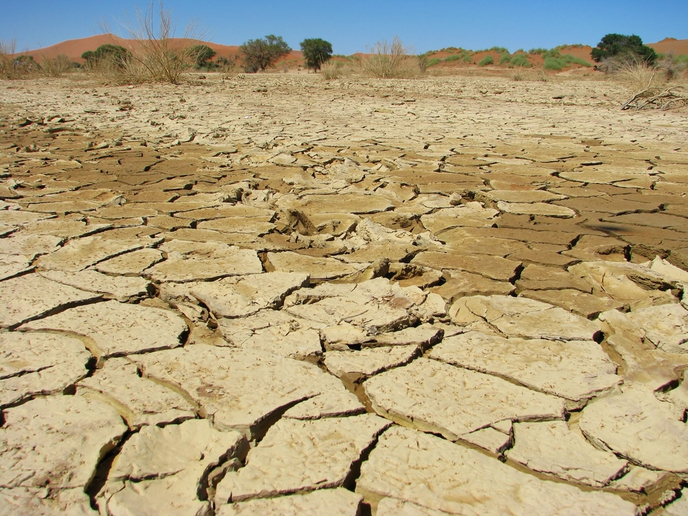Understanding atmospheric processes at the tropopause
The boundary between the troposphere and the stratosphere, called the tropopause, plays an important role in the climate system because of the complex interaction of atmospheric dynamics, solar radiation and chemical processes in this region. The tropopause is also a region where vigorous air transfer between the troposphere and stratosphere can occur in both directions. The EU-funded PROTRO (Dynamical processes in the tropopause region and their impact on the distribution of atmospheric trace gases) project was established to quantify atmospheric processes occurring at the tropopause, based on a newly developed definition of the dynamical tropopause. The researchers studied air mass exchange between the upper troposphere and lower stratosphere for the present climate conditions. Lastly, researchers analysed water vapour differences across the tropopause, both in models and observations. This information will be very useful to further improve global weather prediction and climate models. PROTRO has confirmed the relevance of the dynamical tropopause concept, and improved understanding of climate processes at the tropopause. These findings will contribute to the worldwide effort to better understand climate processes and eventually climate change.







